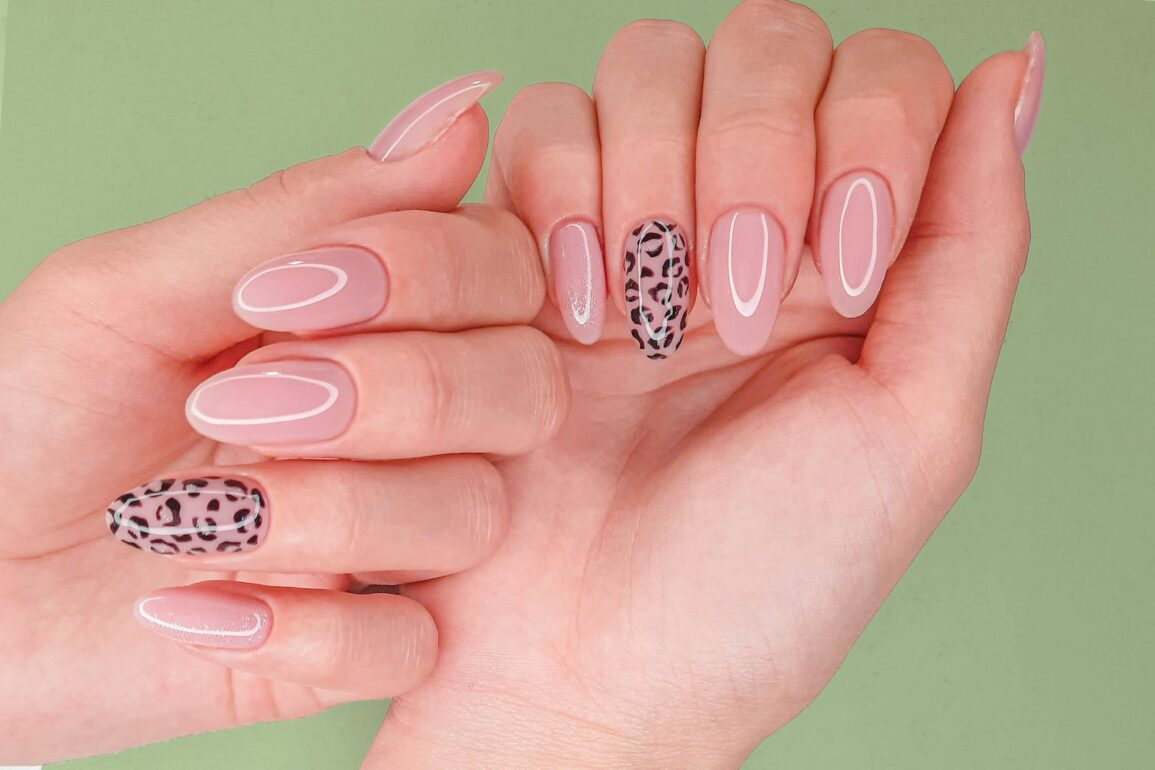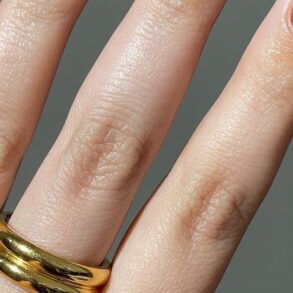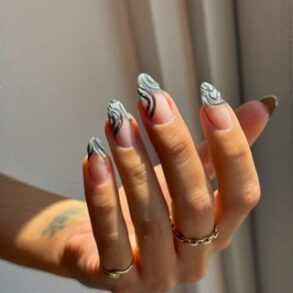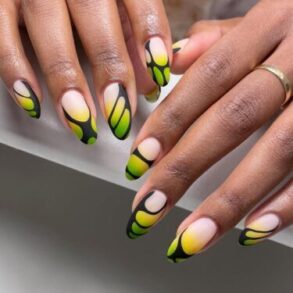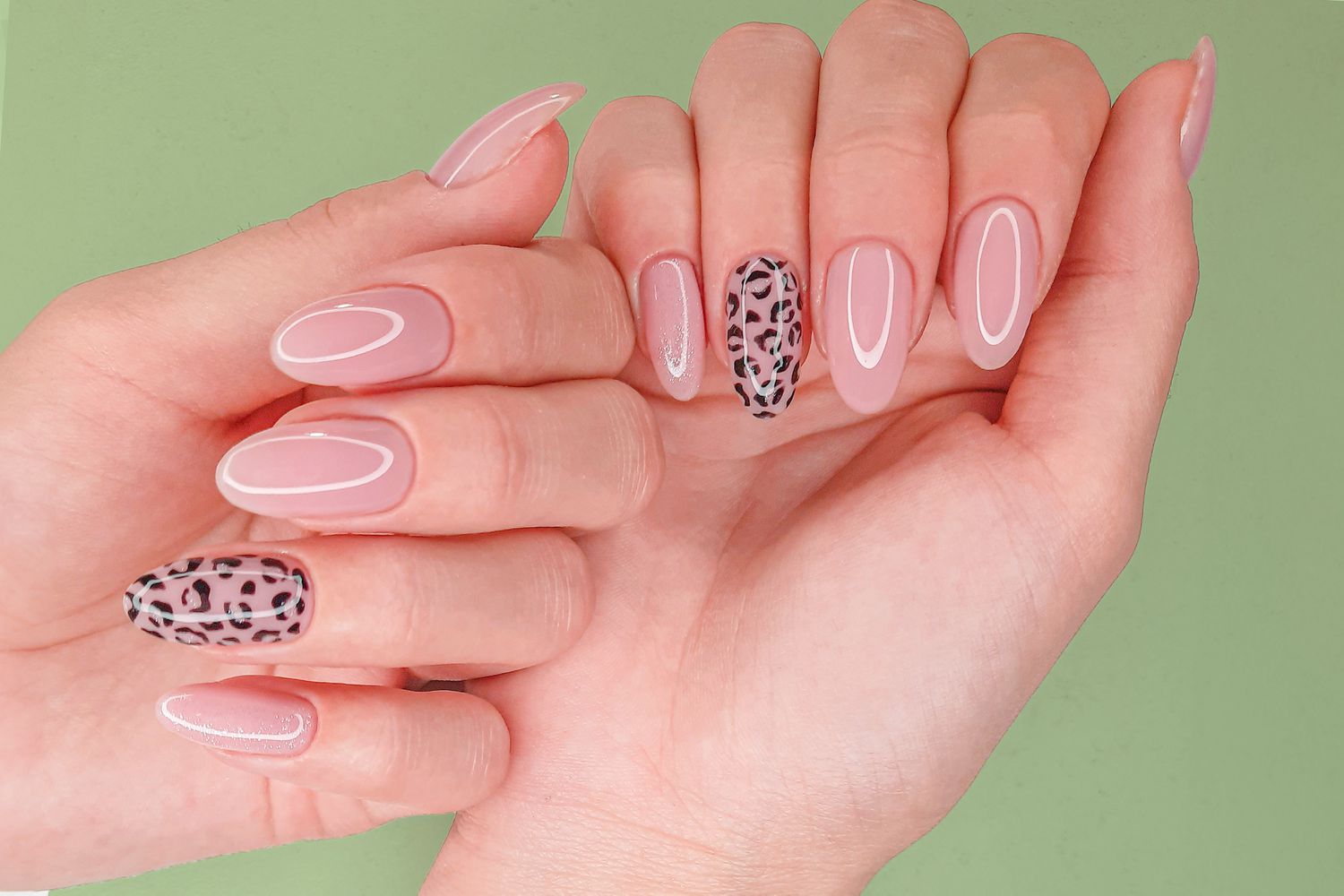
At the risk of pulling a Captain Obvious, there’s certainly no shortage of different manicure options out there. You have regular polish and gels and powder dips and acrylics and Russian manicures…the list goes on and on. But there’s one choice, Japanese gel, that’s growing in popularity—and, according to experts, is a far superior option to all of its counterparts. Why? We asked top nail pros to weigh in, and explain exactly what sets Japanese gel manicures apart from the competition.
What is a Japanese gel manicure?
“A Japanese gel manicure is a dry manicure using Japanese potted or brush-on gel products,” explains nail expert Rita de Alencar Pinto, founder of Vanity Projects. Originally, these products were manufactured in Japan (hence the name), but they’re now both being made in the U.S. and are generally more widely distributed here, she adds. But why are Japanese gel nails currently trending? “The country’s emphasis on aesthetics and attention to detail resonates worldwide, and its nail art scene is a prominent example of this broader cultural impact. The rise of social media platforms has also played a crucial role in spreading the popularity of Japanese nail art,” says Rachelle Bravo, founder and CEO of NEW Lounge.
How is it different from other gel manicures?
According to the experts we talked to, there are a few key points of differentiation. First and foremost, quality. Not all gels are created equal, says Pinto, who uses the analogy of different kinds of beef (bear with us here, it makes sense). A grass-fed, organic burger is going to be much higher quality than a McDonald’s one, even though they’re both beef, she notes. More specifically, the pigmentation in Japanese gel products is much more saturated than in other gels, which improves the overall quality. In related news, Japanese gel manicures also emphasize nail health. The gels themselves are free of 11 different harmful chemicals, Pinto says. (Most other polishes on the market are 5–, 7-, or perhaps 9-free). In addition, removal methods tend to be less aggressive and nourishing treatments are also incorporated as part of the manicure, adds Bravo.
Longevity is another distinguishing feature. “A regular gel manicure is meant to last 10 to 14 days, while a Japanese gel can last 15-30 days,” explains nail artist Priscila Rivas. “Japanese gels aren’t diluted with solvents, which makes them more durable and longer-lasting.” Plus, the gel itself is very flexible and feels light and natural on your nails, she adds.
Lastly, Japanese gel manis are choice for nail art fans. They often incorporate specialized techniques such as gel sculpting, where detailed designs are created with gel that’s layered and cured, and can even feature decorative elements embedded within the layers, says Bravo.“The gift for precision and perfection is intrinsic in Japanese culture and that means there are also specially-made brushes that can excuse detailed designs to perfection,” notes Pinto.
What are the pros and cons of Japanese gel nails?
Pros: See above. You’re getting a higher quality product that’s not only going to last longer, but also be healthier for your nails. Plus, it’s a great option if you want to try out more intricate nail art.
Cons: Pinto says the biggest drawback is time. It usually takes about 30 minutes for removal and 45 minutes for color application, which is very different from other gel products that like to push quick removal and/or application so that clients can get in and out, she explains. A Japanese gel manicure is also going to be more expensive. To that point…
How much does a Japanese gel mani cost?
This depends largely on where you’re located and your particular salon/technician. For context, Rivas (who lives in Temecula, California) says that regular gel manicures run about $45 to $60 whereas Japanese gels start at $100.
Who should consider getting Japanese gel nails?
In a word, everyone. “Because of the wide-range of colors and durability, a Japanese gel manicure can be great for professionals, busy moms, nail art lovers, health-conscious clients…it’s made for everyone,” says Rivas. Yes, you will be spending more than you might otherwise, but remember, it will last longer and be better for your nails. A win-win.
This post was originally published on this site be sure to check out more of their content.




